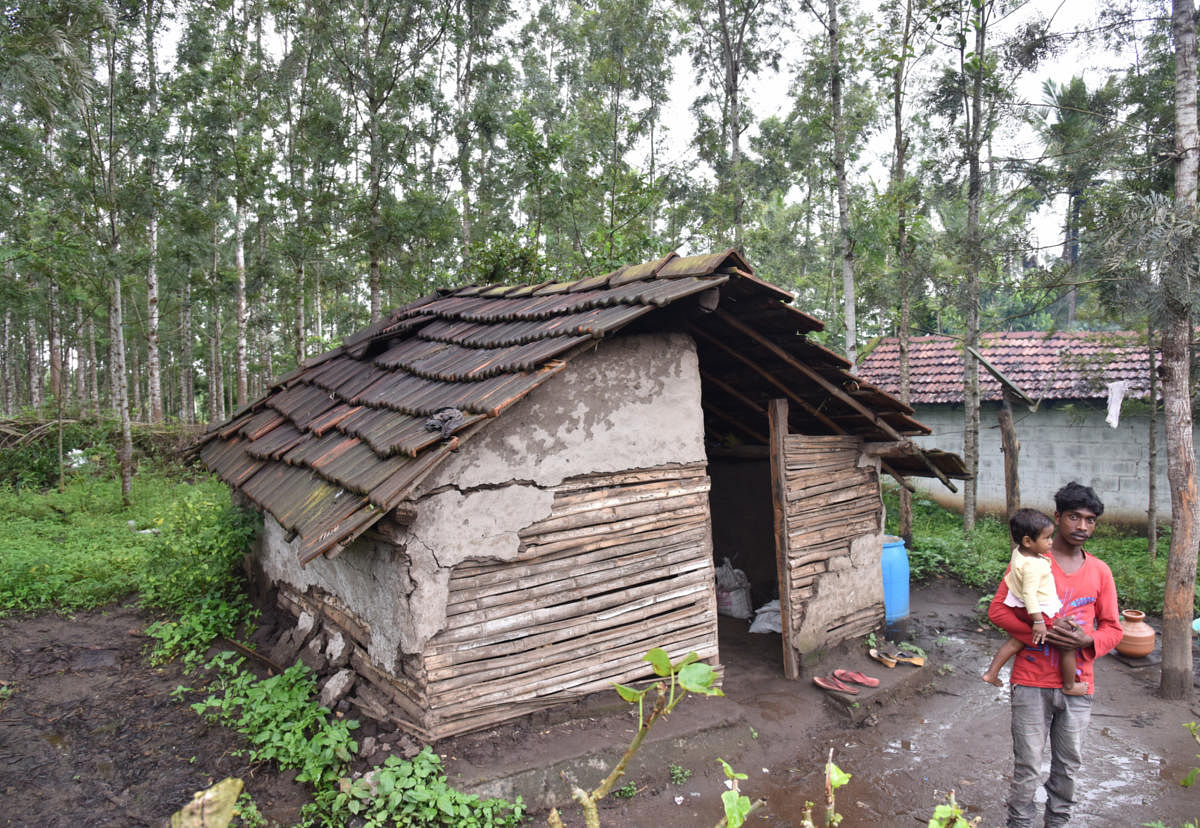The ‘Scheduled Tribes and Other Traditional Forest Dwellers (Recognition of Forest Rights) Act, 2006’ or Forest Rights Act (FRA) is more than a decade old now. However, the controversy around its non-implementation has become an issue of regular debate across the country. The Act provides for two kinds of rights to tribals and other forest dwellers. One, individual rights over the dwelling and cultivation lands under their occupation. Two, the community tenure/ rights over ‘community forest resources’ on common forest land within the traditional and customary boundaries of the village.
One reason the Act receives so much attention is due to the rejection rate of the claims. Approvals and rejections are the result of decisions taken by the three-tier scrutiny committees constituted at the levels of village (Gram Sabha Level Committee), taluk (Sub-divisional Level) and district (District Level Committees). At village level, the Forest Rights Committee (FRC), constituted with 10-15 elected members from among its own residents, verify the claims before placing them before the Gram Sabha. The other two committees have equal representation of officials and commons. Members belonging to tribes or other forest dwellers nominated by taluk and district panchayats to their respective committees and in-charge officers (or equivalent) at their levels of jurisdiction representing revenue, tribal and forest department, complete the membership composition.
In hindsight, the genesis of the problem lies in the legislation itself. One should understand that only such laws are practically possible to implement which are legislated considering the overall implications on ground. This is true with FRA, too, as a consensus was never arrived at between the different stakeholders during its enactment. On one side, there were rights-based activists and NGOs arguing for the rights of the tribals. The other side was comprised of conservationists, whose voice was in tune with that of the Ministry of Environment and Forests, wildlife activists and like-minded NGOs. The opposition was mainly on grounds of the inevitable destruction of forest cover and wildlife if the recognition of rights were extended on forest lands.
Although the subject was widely debated inside and outside Parliament, it eventually ended up in the pro-rights lobby having its way in the legislation. Hence, the conservationists labeled the FRA as a hurried political decision by the then government under political pressure exerted by its alliance partners. The Joint Parliamentary Committee and the Group of Ministers constituted to resolve the differences between the important stakeholders, too, failed in their purpose. In the entire saga, the only agreement between the two sides was recognition of the hardships and treatment meted out to the indigenous peoples since the arrival of the British, which continued into independent India.
Looking at the present situation, the legislation appears to have failed in its objective of undoing the ‘historical injustices’ suffered by the tribals. Following the Act, three scenarios have emerged. One, regions/areas within states where the implementation process, including the grant of rights, has been completed. This happened in the initial period itself; two, the areas where implementation process has not taken place at all (like pockets of Chhattisgarh, where insurgency is the excuse); three, the process has been initiated but is not able to reach the final stages of awarding the rights.
The last situation exists mostly in such areas where a majority of the claims: (1) have evidence of occupation of forest land after October 25, 1980; (2) have a demand of more than 2.5 hectares of forest land per nuclear family; (3) were in wildlife sanctuaries or parks; and (4) are made by the ‘other forest dwellers.’ In this, a clear underlying pattern in implementation can be noticed, which is in accordance with the line of thinking adopted by the Forest Department. However, they brush aside the allegation and defend that their objections are purely against claims over forest lands that have been encroached after the passing of the Act.
Other forest dwellers
In reality, the Forest Department perceives the cut-off date extended to December 13, 2005 as a violation of Forest Conservation Act (FCA), 1980, despite a clear clause in the FRA about superseding all existing laws. Similarly, the Forest Department contends that the initial draft of the legislation had a provision of 2.5 hectares as the maximum forest land that can be claimed for a nuclear family and that should apply to claims, not the four hectares that finally emerged from the Act. Further, they see the inclusion of wildlife sanctuaries or parks and inclusion of ‘other forest dwellers’ as eligible for claiming the land as late entries into the Act, and hence lacking legitimacy. Interestingly, a good number of tribals in Andhra Pradesh, Chhattisgarh, Gujarat, Karnataka and Telangana, with whom this researcher has been interacting since the Act was legislated, appeared unconvinced by either the extension of the cut-off date or inclusion of ‘other forest dwellers’ to benefit through it.
Given the facts, only a naïve individual can believe that the Act will be implemented as envisaged, particularly when an important stakeholder, the Forest Department, is not in agreement in principle on major issues.
Further, it becomes tough when there is no political will to see it through by the regimes at the Centre and in the states alike. The best option remains revisiting the Act and amending the populist clauses that emerged dramatically in the last stages of the legislation process, leading to an increase in the number of claimants over forest lands. This will largely help the cause of the tribals, whose claims are genuine but have not received their rights yet. At the same time, it provides ample scope to soothe the nerves of the conservationists.
(The writer is a faculty member with the Gujarat Institute of Development Research, Ahmedabad)
